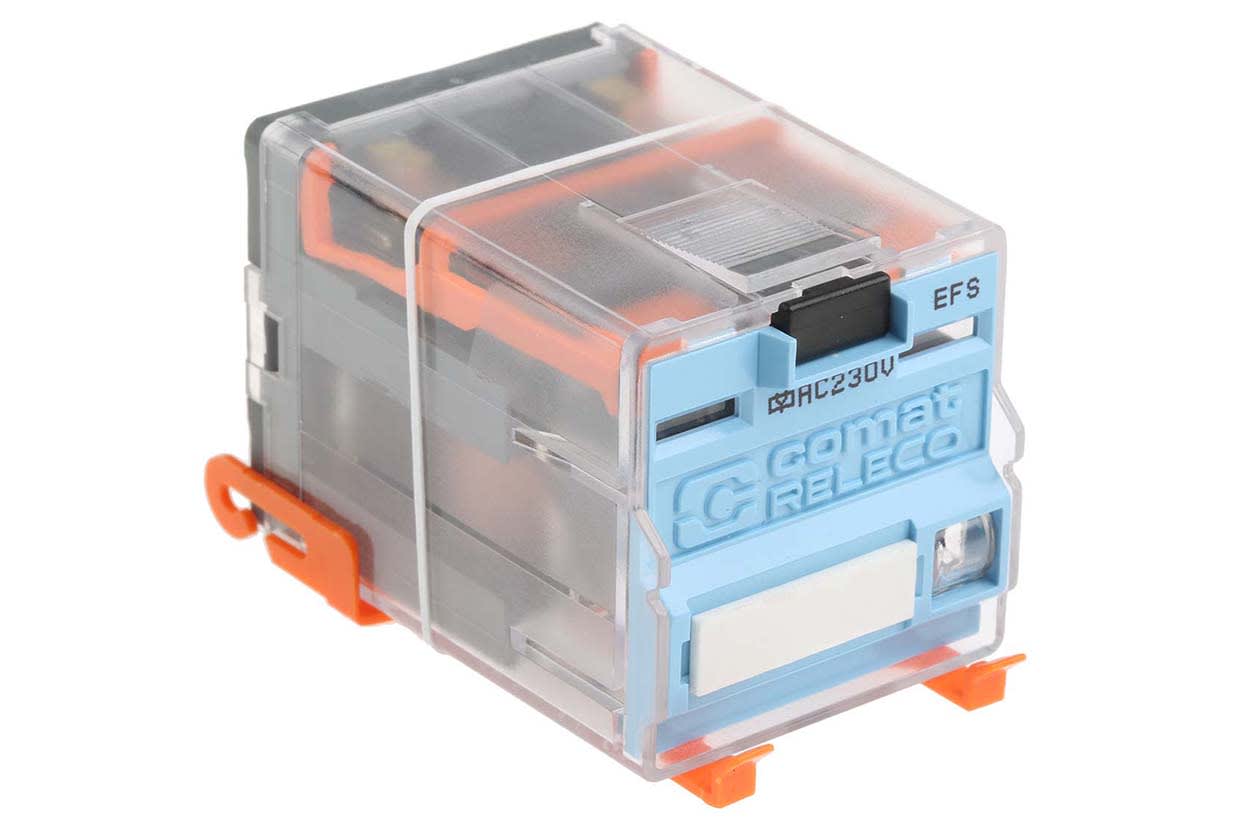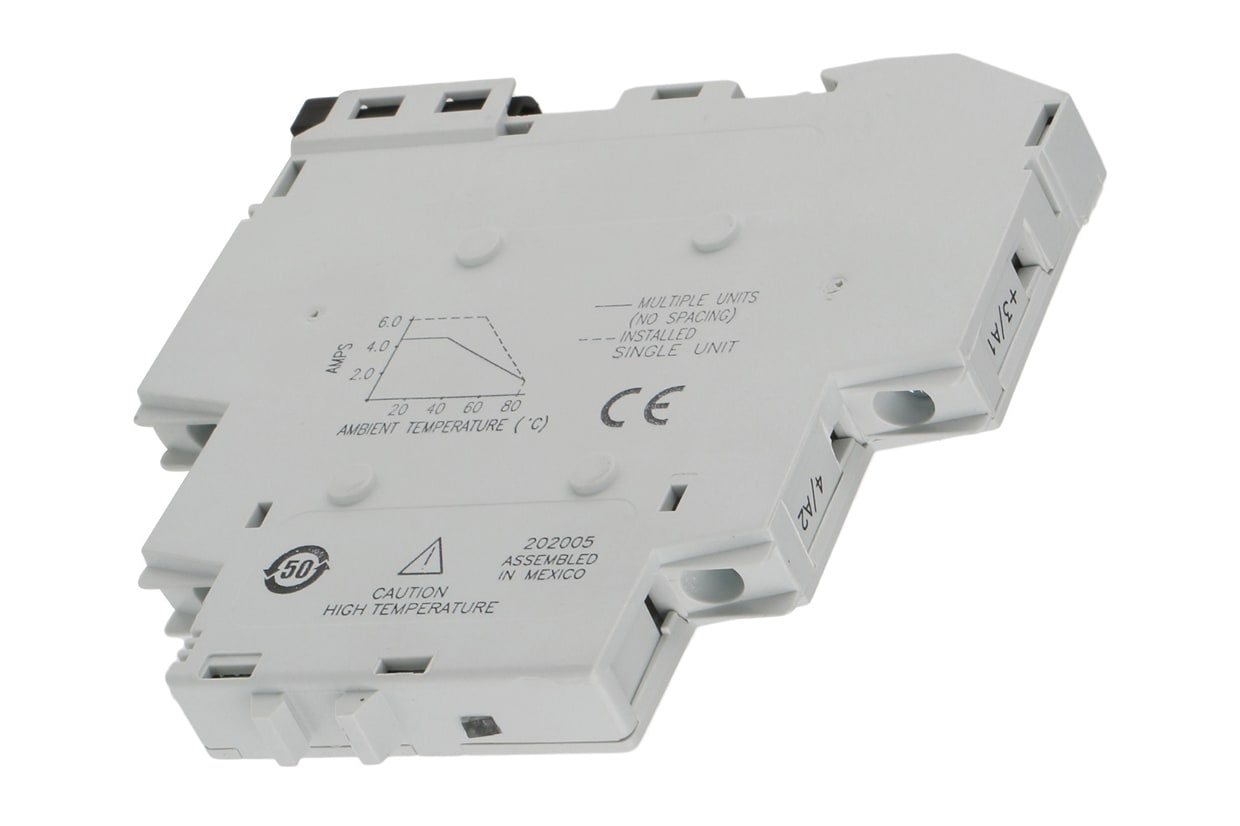Relays
Relays are electromagnetic switches powered by a relatively small current, and thanks to their structure, they can either switch off or amplify a much larger current. These electrical relay switches have been widely used in the telecom industry since the 19th century, as well as in the industrial and automotive sectors. As the Philippines continues to embrace technological advancements, the use of relay switches has expanded into critical fields such as computing and medical research, making relays a fundamental component for devices used in everyday life and national development.
How General Purpose Relays Work
Find out how general purpose relays operate to manage and control systems across various sectors in the Philippines, as well as in critical equipment and household appliances.
- Functionality: General purpose relay work based on electromagnetic force. At the core of a relay is a coil of wire, typically made from copper, which is favored for its low-resistance and high-efficiency power transmission. When an electric current passes through this copper coil, it becomes an electromagnet. The creation of this electromagnetic field is what enables the relay to function effectively.
- Mechanism: General purpose relay works as a bridge between devices in an electrical system. They start their operation by receiving an input signal from a primary device. This signal energizes the relay’s electromagnetic coil, creating a magnetic field that directly influences the mechanical contacts within the relay. As a result of the electromagnetic force, these contacts either open or close, effectively controlling the electrical circuit. The opening of the contacts interrupts the circuit, blocking the electrical signal while closing the contacts allows the signal to pass through to a secondary device.
Types of Relays and Their Applications
Relays, a type of industrial switch, come in various types, each suited for specific applications:
- Latching relays: They can be operated by a magnetic or mechanical system and can feature a single or a double-winding coil. These relays are designed to maintain their position when the circuit was last powered, ensuring continuous operation without needing a constant power supply. This characteristic makes latching relays ideal for applications such as operating automatic doors and gates, as well as in lighting systems. Additionally, they can function as signalrelays in specific applications such as industrial control systems and data acquisition systems.
- Non latching relays: These relays differ from how latching relays work as non-latching relays go back to their initial position when the power is removed from the circuit. They are commonly found in push-button applications requiring momentary actions, such as keyboards, control panels, and power relay control circuits.
- High frequency and RF relays: Most commonly used in radio systems, computing, electronics testing and industrial equipment where high voltages are involved, and standard relays cannot support an efficient function. An example of an application is in radio devices, where high frequency and RF relays separate the circuits responsible for receiving and transmitting high-frequency signals.
These various types of industrial relay switches are essential for ensuring the efficient and reliable operation of systems across different sectors in the Philippines.
Choosing the Right Relay
While the initial relay switch price often guides purchase decisions, assessing the long-term efficiency and performance is vital. Consider these factors to ensure a wise investment in relay technology:
- Specific use cases: Begin by identifying the primary function of the relay in your application. Consider whether you need it for simple on/off switching, circuit isolation, or controlling high-power devices. This will guide you toward the type of relay best suited for your needs.
- Operational environment: Evaluate the conditions where the relay will operate, such as temperature extremes, humidity, exposure to dust or chemicals, and vibration. Select a relay with environmental ratings that match these conditions. For example, a relay with a high IP (Ingress Protection) rating might be necessary for environments exposed to dust and moisture, ensuring reliable performance.
- Electrical requirements: Ensure the relay can handle the system's electrical specifications, including voltage, current, and power ratings. Check both the control circuit (coil) and the load circuit (contacts) ratings.
- Load type (AC or DC load): Determine if the relay will control AC or DC loads, as this affects the relay's contact design and material. AC loads generally require relays with robust contacts to handle arcing, while DC loads need relays that can manage continuous currents without excessive wear.
- Frequency of operation: Consider how often the relay will switch states. High-frequency applications require relay switches designed for durability and quick response times, such as solid-state relays, which can handle rapid on/off cycles without mechanical wear. For less frequent switching, a mechanical relay may suffice.
- Manufacturer reputation: Buy a relay from a reputable manufacturer or supplier to ensure quality and reliability. Established manufacturers often provide better support, warranties, and consistency in product performance, which can be crucial for critical applications.
- Build quality: Look for relays made with robust materials and precise manufacturing. High-quality construction ensures the relay can withstand mechanical stress and environmental challenges, leading to longer service life and consistent performance.
Purchasing Relays from RS
Find the ideal relay for your specific requirement from RS’s diverse selection. We offer a broad range from the most trusted suppliers worldwide, such as Panasonic, Omron, TE Connectivity and our very own RS Pro brand, all at competitive prices. Our commitment to excellence extends to our service, guaranteeing prompt delivery of industrial relay switches in the Philippines to meet your needs swiftly and effectively. For more information on our delivery services and prices, please visit our delivery page.
Guides & Articles

Latching Relays Guide
In our comprehensive guide we look at what latching relays are, what types and sizes are available, as well as the different uses of latching relays.
Read more
Solid State Relays Guide
This complete guide looks at what solid state relays are, how they work, the various circuits and the different types that are currently available.
Read more











